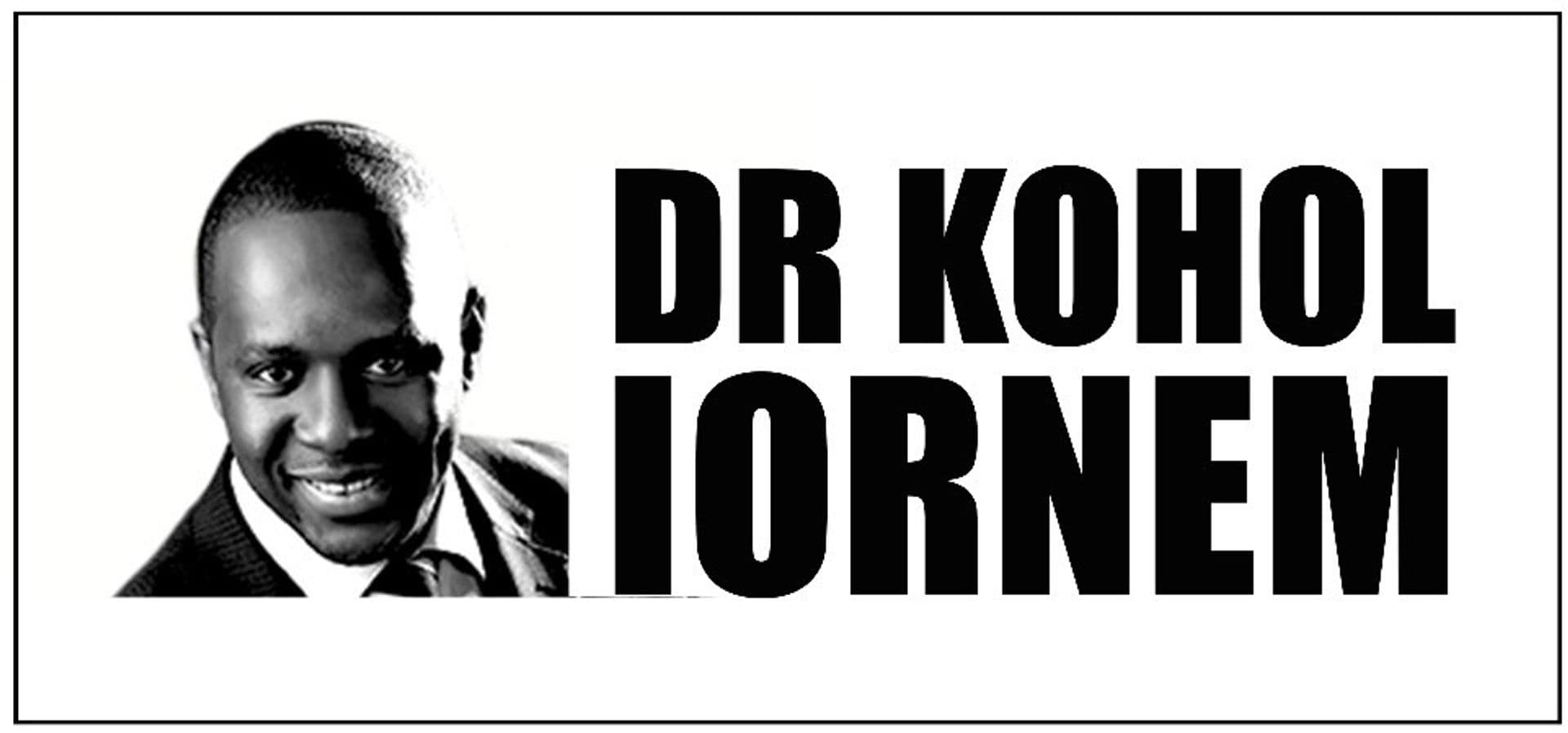Deaths by Road Accidents Second to Boko Haram
Second to Boko Haram killings are road accidents (Nigeria Watch Report, 2014), followed into third place by reckless driving (Agbonkhese, et al., 2013) as the leading causes of death in Nigeria. That is to say, ‘driving’ like other professions e.g. pilots, doctors, engineers, pharmacists, architects do also require serious attention – there, too, human life is at stake. Sadly, however, driving carefully, considerately and responsibly is often ignored.
If we all agree that we will not allow unqualified pilots to fly planes because training is imperative, if we all agree that we will refuse to allow quack doctors to examine/treat our medical problems because we value life, why then do we refuse to pay adequate attention to drivers and driving? Our Vehicle Inspection Office-Driver and Vehicle Licensing Administration (VIO-DVLA) and Federal Road Safety Commission (FRSC) apparently issue driving licenses without providing professionally qualified driver training and thorough screening.
Nigeria fosters the tragedy of unnecessary carnage on sadly neglected public transport routes – many have more pot holes than the craters on the Moon! The twinning of the unacceptable speeding of incompetent drivers and the shocking state of many of Nigeria’s roads is a toxic reality. Many innocent Nigerians continue to mourn the loss of their loved ones – primarily caused by “death drivers”.
Nigeria ranks at the second-highest rate of road accidents among 193 countries of the world. Are we content to remain laid back about this dishonouring statistic? According to the World Health Organisation (WHO), one in every four road accident deaths in Africa occurs in Nigeria (FRSC Report 2013 cited in Tega, 2015). Consider, too, the Nigeria Watch Report (2014) that the second highest source of violent deaths in Nigeria after Boko Haram killings are road accidents! Is it not time, then, that attention and constructive criticism must challenge those who have responsibility for our roads? Is it not appropriate, too, to focus on the quality of our drivers, the road transport system, the FRSC, and VIO-DVLA? Combating Boko Harm appears to be underway. In parallel, can the denizens of our roads and those responsible for issuing licences receive the necessary resources to address their responsibilities – and be held accountable when they allow illegal “short cuts” to take place? In brief, the buck stops with the system and the drivers.
The VIO-DVLA website and paper information states that their officials conduct theory and practical tests. However, this is not done in practice as some individuals who alleged that they did not have to complete any practical test before receiving a driving licence. If the allegations are true, then rectifying the situation might be one step in the right direction to lower road deaths.
After all, responsible and efficiently instituted driver training is more than learning how to move a car from point A to point B. There must also be a training emphasis on proactive and defensive driving viz. alertness preparation that focusses also on the correct driving attitude, road safety, responsible vehicle maintenance and following the rules of the road.
To keep our roads safer and prevent tragic deaths and address social and economic challenges the following suggestions might be worth considering:
• What would happen if, for example, before allowing a learner-driver to sit unsupervised behind the wheel, he/she must pass a mandatory Theory and Practical driving test? Indeed, accidents will still happen but the statistics would fall. This system works in the United Kingdom.
• Can the Government commit more resources (for example fixing the bad roads – especially the known death traps, educating the public, training FRSC/VIO-DVLA personnel etc.). Let us draw the parallel in addressing the scourge of Boko Haram – especially as research reveals that road accidents are the second highest cause of violent death next to Boko Haram.
• Can the Government create approved driving schools with accredited driving instructors to teach, examine and certify drivers before VIO-DVLA issues drivers with licence? Bi-annual, unannounced inspections by outside professionals would ensure the maintenance of high standards.
• The Government must enforce a policy which allows only insured drivers of a particular car drive that vehicle – until a driver is listed on the insurance of a particular vehicle, he/she cannot drive that vehicle.
• The FRCS and VIO-DVLA should work hand in hand with National Union of Road Transport Workers (NURTW) to ensure that all public transport is roadworthy and drivers are not allowed to carry more passengers/luggage than permitted.
• Government should increase public awareness about road accidents causes.
• Drivers need to be more vigilant and responsible. Do not allow loved ones who are still learning to drive, to sit behind the wheel unsupervised. The first step to driving is the licence to drive – not A LICENCE TO KILL.
Sources
Agbonkhese, O, Yisa, G.L, Agbonkhese, E.G, Akanbi, D.O, Aka, E.O, Mondigha, E.B (2013). Road Traffic Accidents in Nigeria: Causes and Preventive Measures. [online]. Vol 3. No. 13. Available at: http://www.iiste.org/Journals/index.php/CER/article/view/9369 [Accessed 28 March 2016].
Nigeria Watch (2014). Nigeria Watch Fourth Report on Violence in Nigeria (2006–2014). [online]. Available at: http://www.nigeriawatch.org/media/html/NGA-Watch-Report14.pdf [Accessed 28 March 2016].
Tega E., (2015). Road Accidents in Nigeria, Analysis and Discussion By Adeyemi Adedokun. [online]. Available at: http://omojuwa.com/2015/07/road-accidents-in-nigeria-analysis-and-discussion-by-adeyemi-adedokun/ [Accessed 28 March 2016].
